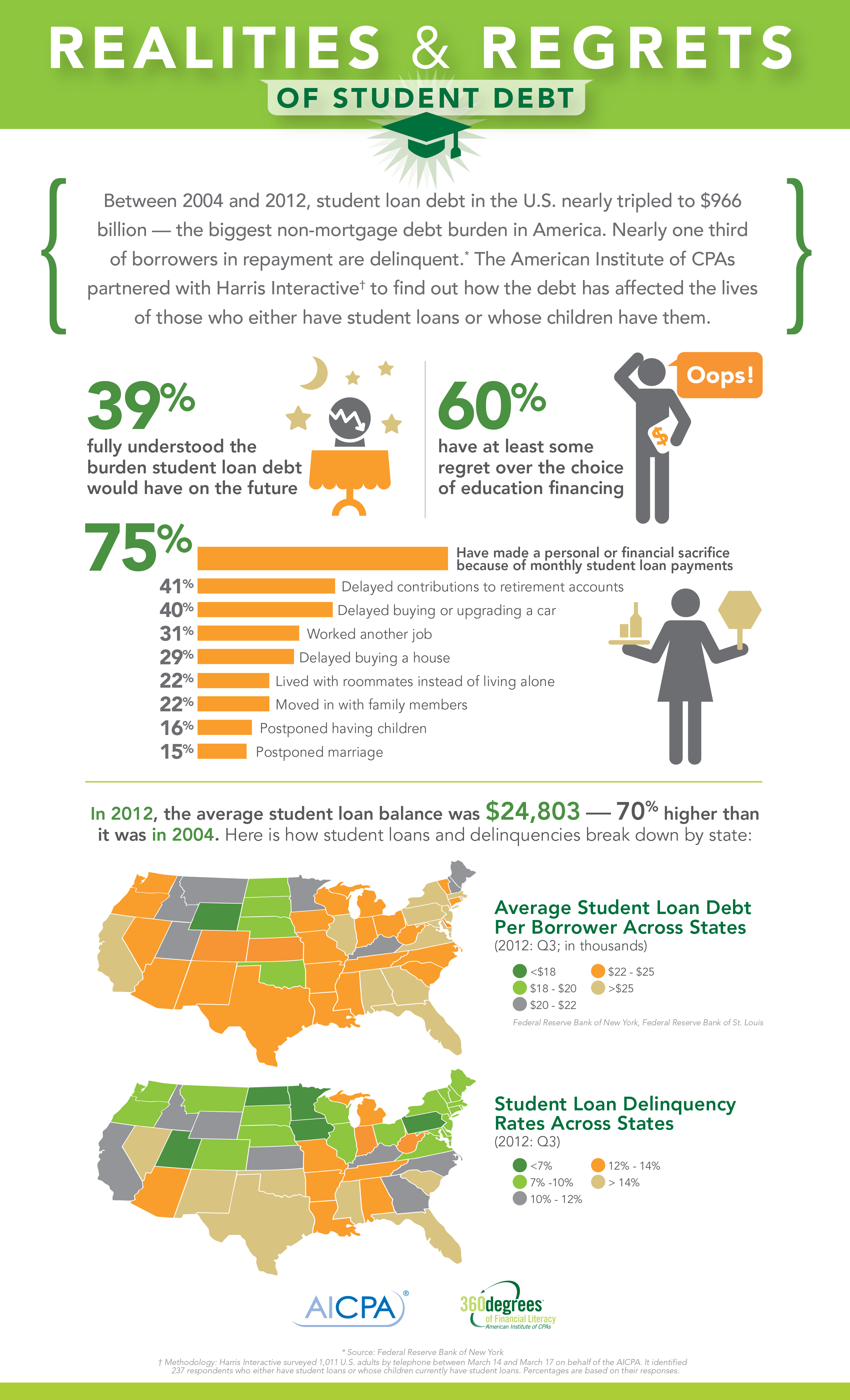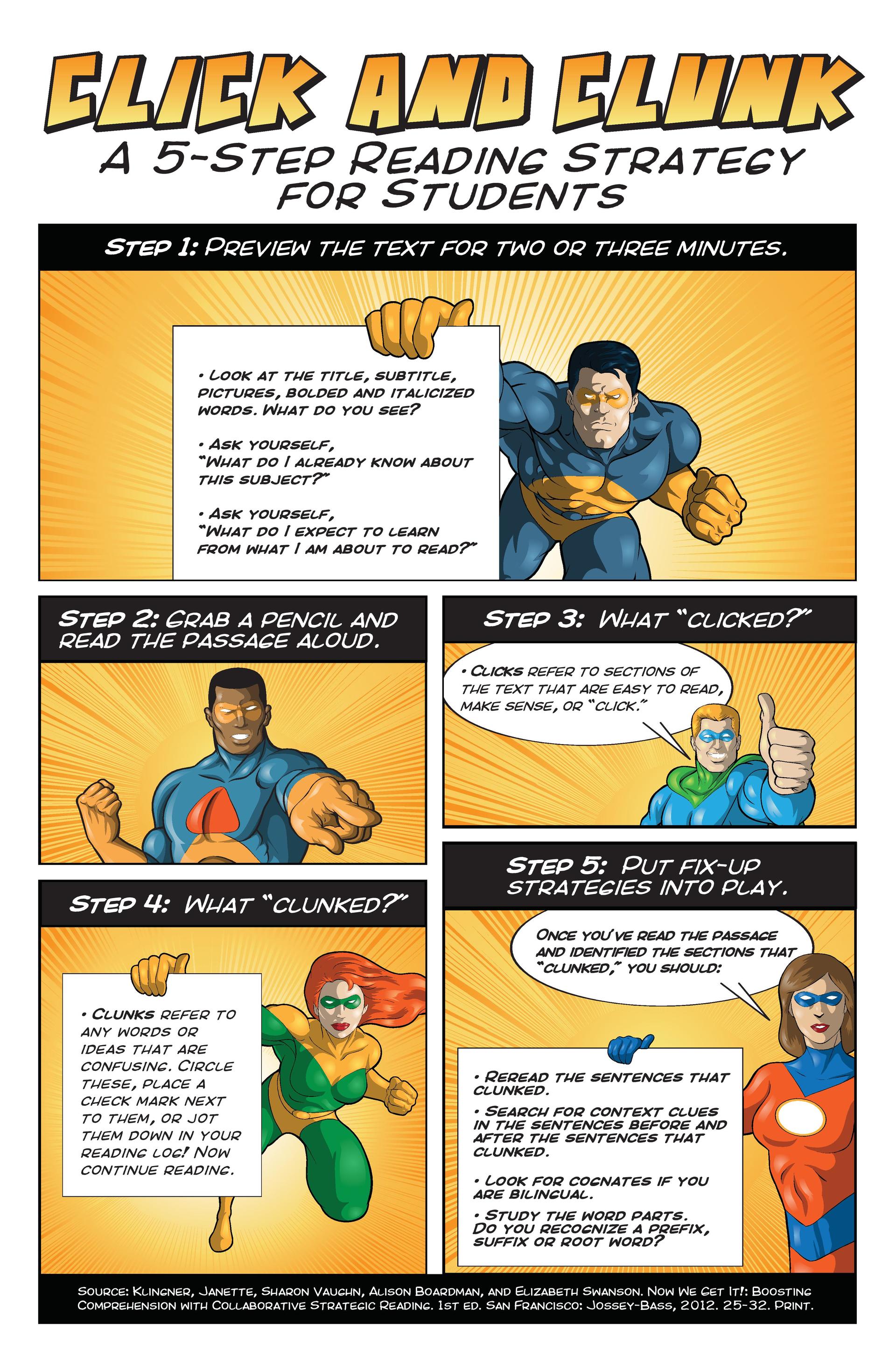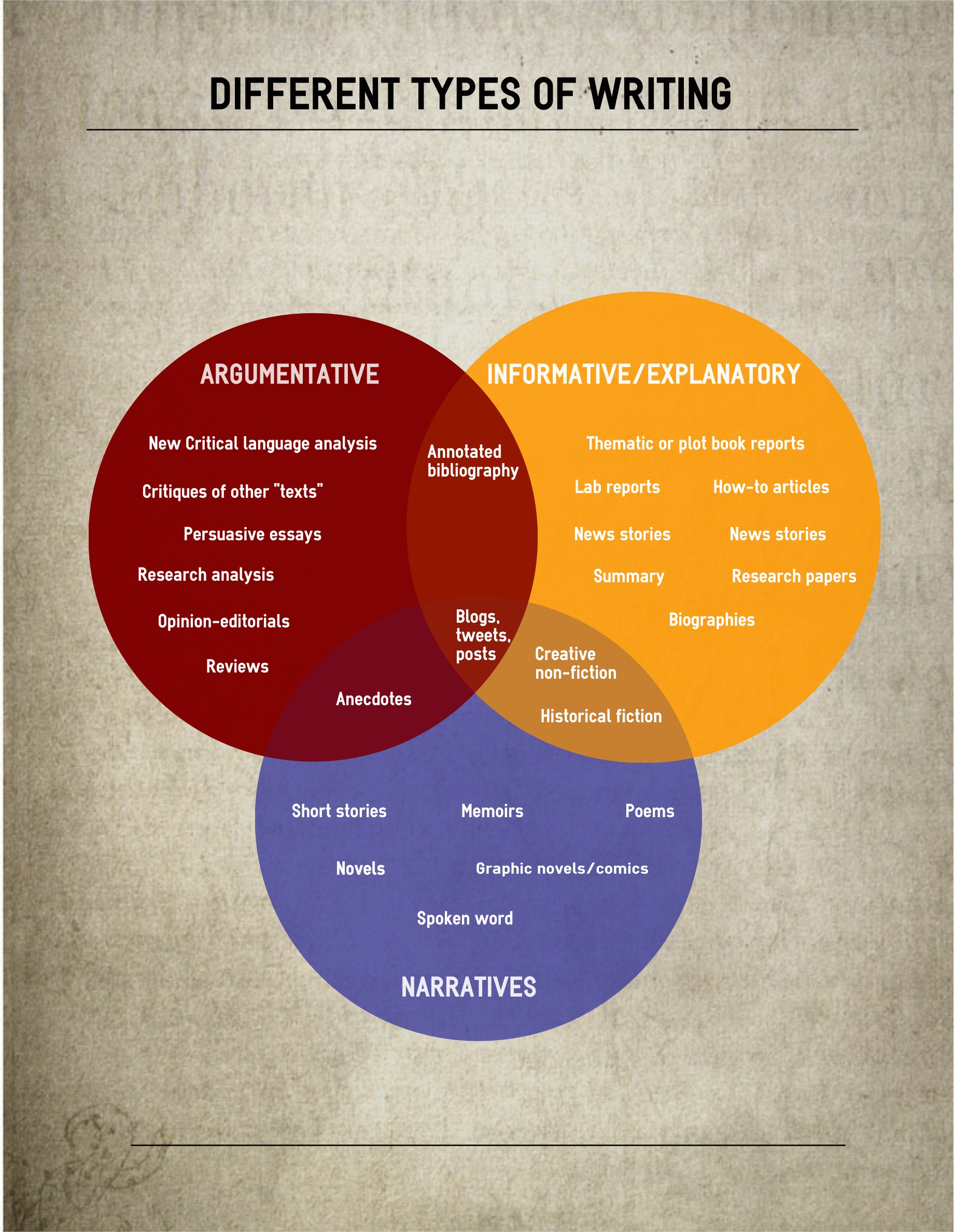

These infographics would make it easy for education because they were presented visually through images rather than text only. You could show an infographic with all of these vital facts: time and the most highlighted features. On average, people only remember 10% of the information for three days after hearing it, but adding a visual image can increase recall to 65%.įor example, let’s say you’re teaching about the history of the industrial revolution and how it developed. This makes it easier for students to retain the information. Infographics are an effective way to grow memory because they present information in a visual format. But in case you bring it out to deliver lessons, how about making it more vivid with infographics like this. Presenting with texts and then highlighting key points is a good choice for readers to follow. Let us give you an example of homeschooling’s advantages and disadvantages. Teachers can use infographics in education such as summarize info, timeline, process, or sum up statistics from research. Rather than presented with blocks of text, infographics also have a number of design formats with different purposes. In other words, puzzling written information can be simplified just by using image(s). A single image still can express complex ideas more effectively than only verbal language. There is an old adage, “A picture is worth a thousand words”. Thus, infographics combined with text, numbers, and vivid illustrations surely bring effects to the table. If you are still doubtful, think about Pinterest and Instagram, they speak of themselves as thriving photo-driven social apps. Articles with relevant images get on average 94% more views compared to articles without images. Why infographics but not other methods? According to MDS Magazine, nearly two-thirds of people call themselves visual learners. In other words, using infographics to clarify a difficult concept in education can help students in grasping the larger picture and understand the forest for the trees. Likewise, how lessons are organized affects how well students absorb and remember the material.

The way teachers use their first 10-15 minutes in a class will decide the rest of the lesson. “Timing is everything” is a proverb that stays true in both life and education. It is the ideal substitute when lengthy content and words alone can not fully express your ideas. As a result, an infographic makes it easier to quickly and simply present the information. It makes use of a variety of elements such as pictures, graphs, charts, icons & very little text. An infographic is a visual portrait of content. Image inspired by Freepik What are Infographics? (Short Definition)įor your information, information + graphics = “infographic”. You could apply Infographics in education for: Why you should use Infographics in Education What are Infographics? (Short Definition)
INFOGRAPHIC EXAMPLES FOR STUDENTS HOW TO
This article would analyze the benefits of applying infographics to educate students and how to incorporate them into lessons. For that reason, using infographics in education is becoming trendy in this age, both online and offline. With that being said, educators have to actively take action to bring out the best learning experiences for students.

One of the most radical changes that have taken place in recent years is the way it changes education practices.

The ever-increasing pace of technological growth has had a profound impact on nearly every aspect of our lives. It is no secret that the world is changing rapidly. Let’s explore why and how in today’s blog post. Using infographics in education is a great way to help students perform better by effectively engaging them with visual content.


 0 kommentar(er)
0 kommentar(er)
